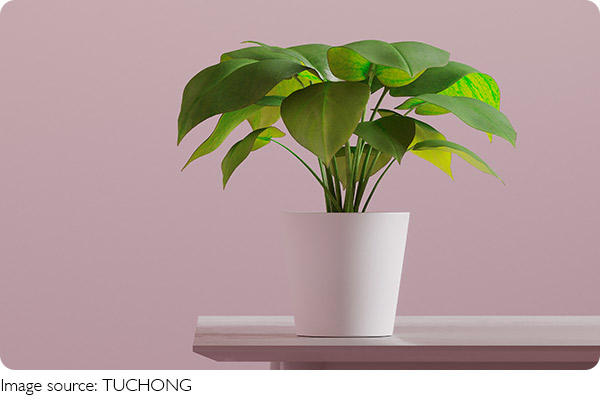Bonsai Art

Bonsai is an art form that captures the beauty of nature in a compact form, transforming a small container into a living masterpiece. It goes beyond just gardening; it is a practice deeply intertwined with Eastern philosophy and principles. Through techniques like pruning, shaping, and cultivation, individuals can craft miniature landscapes, each reflecting its own unique character and design.
This article explores five highly decorative types of bonsai: pine and cypress bonsai, maple bonsai, elm bonsai, wisteria bonsai, and desert rose bonsai, highlighting their distinctive characteristics and allure.
1. Pine and Cypress Bonsai
Pine and cypress bonsai are timeless examples of bonsai artistry. These trees are cherished by bonsai enthusiasts for their robust vitality and rustic appeal. Cultivating pine and cypress bonsai demands considerable patience and careful pruning to shape the trees into natural, earthy forms.
Discover the beauty and low-maintenance care of succulents, perfect for adding charm to any indoor or outdoor space.
Lily of the Valley: a charming beauty bringing joy and elegance to spring gardens!
Protect your life—avoid the allure of wild mushrooms and their hidden dangers.
What does the white lily of the valley symbolize?
The Art of Flower Arranging: Elevating Everyday Moments.
Once thriving, now a warning: Hollen's tulip trade foreshadows financial folly.
By bending the branches and trimming the leaves, pine and cypress bonsai can evoke the image of an ancient, weathered tree, capturing the essence of time’s passage and the strength of nature.
2. Maple Bonsai
Maple bonsai is admired for its vibrant foliage and graceful shape. In particular, during autumn, the leaves transform into brilliant hues of orange, red, and gold, infusing the entire bonsai with energy and life.
The beauty of maple bonsai lies not only in its changing leaf colors but also in the ornamental value of its trunk and branches. The branches of the maple tree are flexible and naturally droop, creating a sense of lightness and graceful movement.
3. Elm Bonsai
Elm bonsai is another classic type of bonsai, admired for its lush foliage and rugged trunk. The leaves of the elm are small and dense, and with careful pruning, they can form a thick canopy, highlighting the tree’s vigorous vitality.
4. Wisteria Bonsai
Wisteria bonsai is highly prized for its graceful floral displays and captivating fragrance. The cascading clusters of wisteria flowers hang like waterfalls, draping the branches in a burst of vibrant colors and releasing an enchanting aroma.
Cultivating wisteria bonsai demands patience and expertise, particularly in managing the flowering period, which requires careful adjustments to light and temperature to encourage blooming. The flexible branches of wisteria can be shaped through tying and pruning into various graceful forms, creating a romantic and dreamy garden scene. Wisteria bonsai offers not only visual beauty but also a sensory experience, enveloping you in the natural fragrance of its blossoms.
The Art of Bonsai | Documentary Short
Video by IzonHow
5. Desert Rose Bonsai
Desert rose bonsai is a captivating variety that radiates an exotic charm. Native to arid regions, the desert rose is known for its remarkable drought resistance and unique morphology. Its thick, distinctive trunk often twists into fascinating curves, imparting a sense of primitive, untamed beauty.
The flowers of the desert rose are vibrant, typically ranging from red to pink or white, creating a striking contrast against its green foliage. The beauty of desert rose bonsai lies not only in its blossoms but also in the distinctiveness of its form, symbolizing the strength and resilience of life thriving in harsh conditions.

Conclusion
Bonsai art is a distinctive form of creativity that captures the essence of nature in a compact vase. Through meticulous cultivation and artistic shaping, bonsai becomes more than just a home decoration—it serves as a medium for individuals to convey emotions and showcase personal expression.
Each bonsai reflects the dedication and wisdom of its creator, symbolizing a profound connection between humans and nature. Whether as a piece of art or a simple touch of greenery in everyday life, bonsai has become an increasingly significant part of modern living, representing the pursuit of beauty and tranquility.

 · Plant Team
· Plant Team